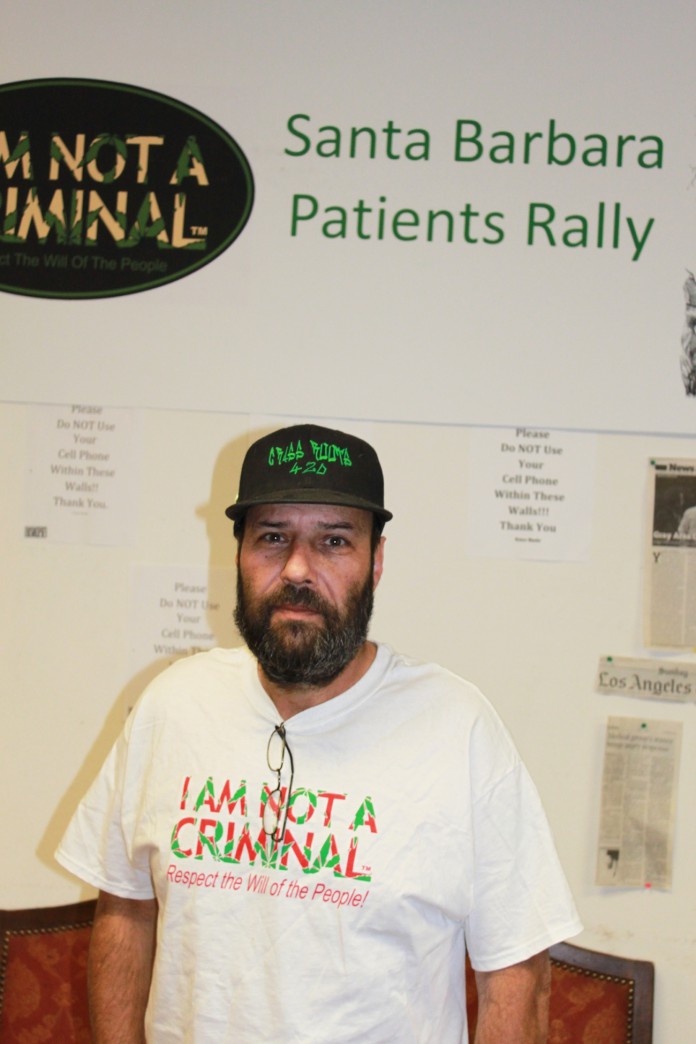Writer
The medical marijuana debate in California is neither a new nor a simple issue. Because medical marijuana has been legal under state law since the passage of Proposition 215 in 1996, but still illegal under federal law, the lines of bureaucracy are constantly blurred.
The latest event to hinder legalization of medical marijuana was the warning that federal officials issued various California dispensaries on Oct. 7, cautioning dispensaries to close down or face civil and criminal charges–followed by the Santa Barbara County Board of Supervisors 4-1 vote on Nov. 1 that permanently banned storefront medical marijuana dispensaries in the county.
Consensus among those in opposition to the federal action is that the shutdown of dispensaries and/or growers will hinder patients’ access to their medicine.
According to Kris Hermes, the media spokesperson from the Americans for Safe Access organization in a US News article, these pending closures are “pushing people into the illicit market.” In protest, some medical marijuana facilities, like the locally located Grassroots Collective, have held events in response to the warnings of closures. The first occurred Oct.15, with another on Nov. 5.
Marc Pineda, a regular customer and DJ for the Oct. 15 event, said that he volunteered his services to show his support for the Collective, “because the voters already passed a bill legalizing marijuana for medical use, and it’s [wrong that] the government [is] infringing on states’ rights of self-governance.”
He added that he believes that the federal government unfairly assumes “that medical marijuana patients make up symptoms to get medication, but in actuality there’s a real medical need for this alternative type of medicine.” All medical marijuana patients face this very real stereotype.
Medical marijuana patients, such as myself, use medicinal marijuana because it is the best treatment option available. I suffer from chronic pain and arthritis, due to the series of invasive surgeries I have had to replace my torn ligaments in my left knee. Normal pain medicines, such as Vicoden or Percocet, either do not work, or produce adverse side effects like stomach pain, nausea and indigestion. Compared to the little to no side effects of medical marijuana, it seems like medical marijuana is the easy choice. However, I have struggled for years to get my family to understand and accept my choice to use medical marijuana–something many other patients also struggle with.
Despite the fact that most medicinal marijuana is grown by other patients, federal officials are also targeting the large-scale growers who supply dispensaries. This is an aggressive tactic for an administration that previously advocated a more relaxed approach to medical marijuana.
In an interview with the New York Times on March 19, 2009, U.S. Attorney General Eric H. Holder Jr., said that “the new approach [to raiding state medical marijuana facilities] was consistent with statements made by President Obama in the campaign” and that “dispensaries operating in accord with California law would not be a priority for the administration.”
The current dispensaries suspected of illegal activities face accusations of allowing patients to smoke on the premises, selling marijuana from illegal sources and of being too close in proximity to a school or park. But is that really the case? Or is this just an excuse to exercise federal muscle over state law?
The good news is that the Obama administration is not, as of yet, attempting to interfere further in the issue of medical marijuana. However, this move against suspected “illegal dispensaries” is the sign of a greater problem: until the federal and state government comes into accordance on the issue of medical marijuana, California, as well as the other 12 states that possess similar medical marijuana laws, will continue to face a difficult road on the way to full legalization.











Comments are closed.